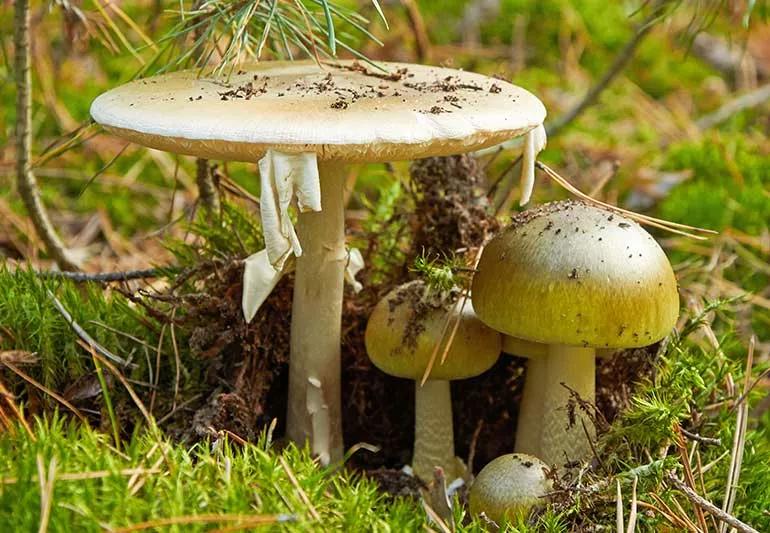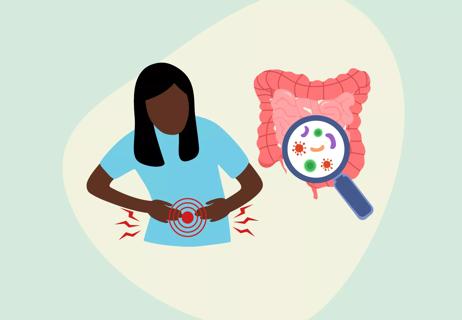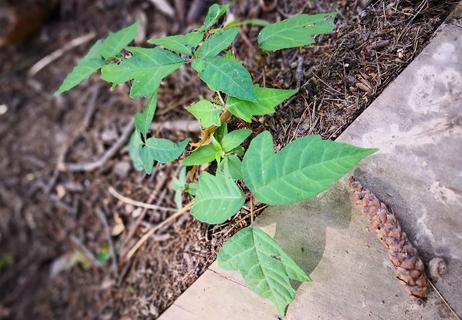Mushroom poisoning is real — and it can cause liver failure

Mushrooms are marvelous on pizza and magnificent in soups and sauces. They’re also an integral part of the Super Mario Brothers video game universe.
Advertisement
Cleveland Clinic is a non-profit academic medical center. Advertising on our site helps support our mission. We do not endorse non-Cleveland Clinic products or services. Policy
But if you’re about to cook with and eat mushrooms you picked yourself, proceed with caution.
Amateur foragers and backyard gardeners alike need to be on alert for poisonous wild mushrooms. These sneaky fungi can grow next to edible varieties and aren’t dangerous to touch. But consuming even a bite of them can be harmful.
Critical care physician Aanchal Kapoor, MD, describes the major symptoms of mushroom poisoning — and tips for avoiding the foul fungi.
Only about 3% of known mushroom varieties are poisonous. The symptoms of poisoning can vary from gastrointestinal discomfort to liver failure and death, depending on the type of toxin ingested.
Acute liver failure from mushroom poisoning isn’t common, but it does happen. And in the majority of cases, it’s because a mushroom hunter or backyard forager misidentified a mushroom.
At first, the most common mushroom poisoning symptoms include:
If you suspect that you or someone you know has been poisoned by mushrooms, seek immediate medical attention.
In less poisonous varieties, digestive symptoms of mushroom poisoning develop as early as 20 minutes to four hours after you eat. Luckily, these normally pass after the irritant is expelled.
Advertisement
The most common dangerous mushrooms are those belonging to the Amanita genus, especially Amanita phalloides.
Called “death cap” mushrooms, they contain toxic compounds called amatoxins that damage liver cells.
In the case of Amanita poisoning, Dr. Kapoor says initial symptoms usually begin six to 24 hours after ingestion but can be delayed and show up even later than that.
This delay is deceptive. By this time, you’ve completely absorbed the toxins in the mushrooms. After an initial phase of digestive symptoms, you might appear to recover for two to three days — but then, you’ll relapse and can experience liver and kidney failure.
While some people recover fully from mushroom poisoning with timely intervention and appropriate treatment, others experience massive bleeding, which can lead to death. Some people might also require a liver transplant.
Mushrooms flourish in warm and soggy weather. That’s why there tends to be a mushroom boom in the spring, including a large bloom of poisonous varieties.
Unfortunately, it can be difficult to identify poisonous mushrooms.
For example, the toxic Amanita phalloides mushrooms are white with umbrella-shaped tops and a cup at the base of their stem. To the untrained eye, they don’t look any more dangerous than supermarket varieties. They might even taste good.
Given the risks, it’s important to be a smart mushroom consumer. Use caution when eating mushrooms collected by you, a friend or anyone without extensive knowledge of wild mushrooms.
Dr. Kapoor recommends not consuming any wild mushrooms that haven’t been identified by an expert. Even washing or cooking poisonous mushrooms won’t make them less dangerous, so if there’s even a tiny question, throw it out. Better yet, stick to mushrooms sold in grocery and specialty stores.
Advertisement
Learn more about our editorial process.
Advertisement

Rinsing raw chicken raises the risk of spreading harmful bacteria and causing foodborne illness

Keep cooked rice and pasta in your fridge — not on your counter — to help prevent this sneaky food poisoning

Food poisoning typically passes within 12 to 48 hours, with symptoms including diarrhea, nausea, stomach pain and vomiting

Cleanliness and food preparation precautions are the best defense against infection

Learn about the symptoms and find out how to protect yourself and your family

Children should be screened for lead poisoning starting at ages 1 and 2

A dermatologist’s advice for finding some relief for that itchy rash

How to protect yourself from food poisoning

The best parenting style balances enforcing rules and showing plenty of love

Tips include cutting back on sugar, focusing on exercise and managing stress

It can be harder to let go when you’ve invested time, energy and emotions — but it might be the healthier choice long term